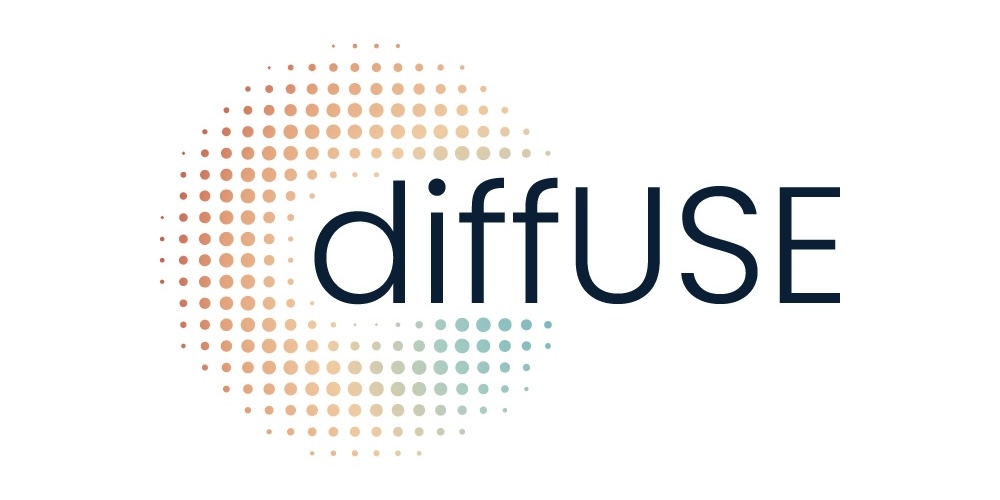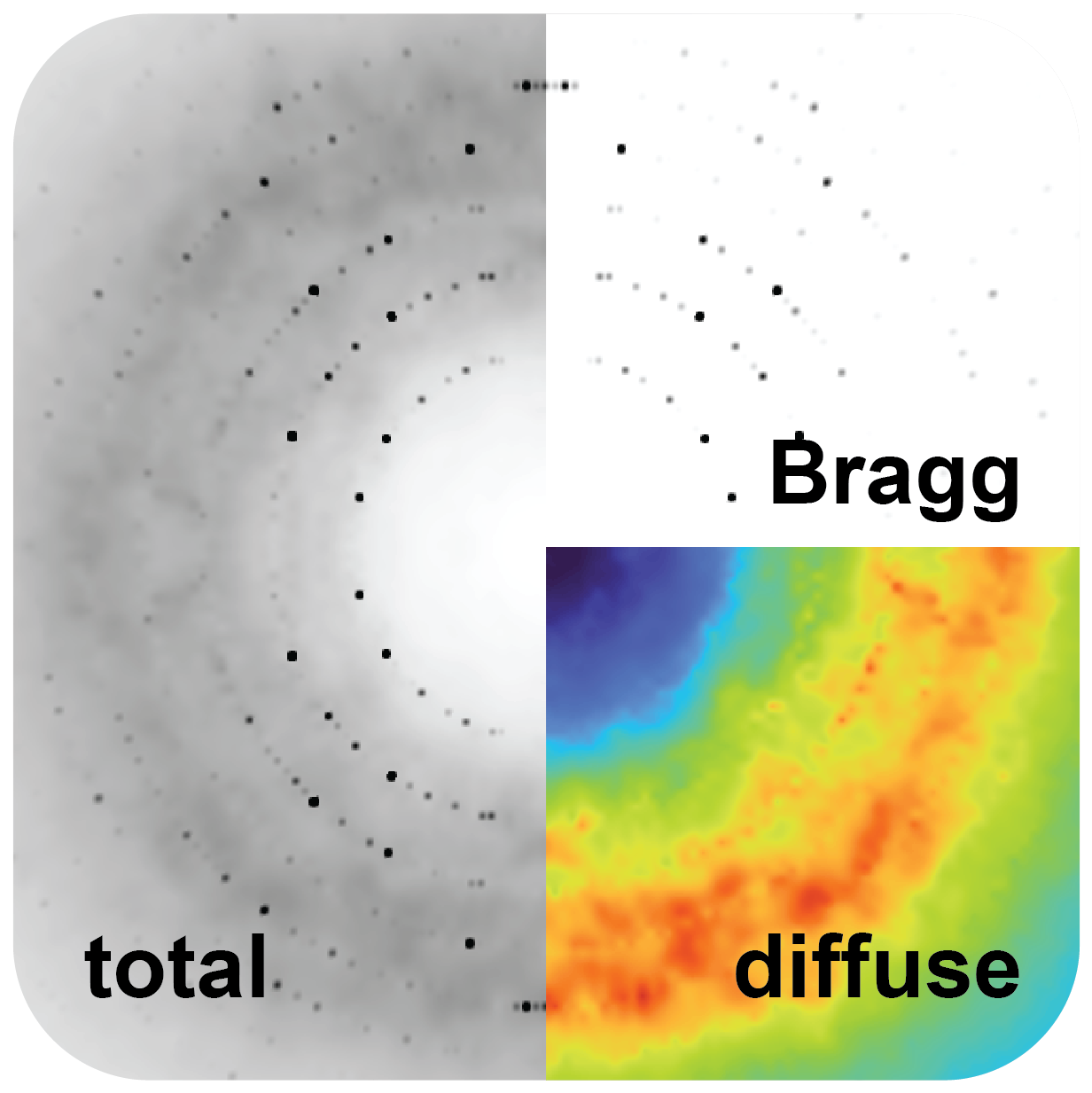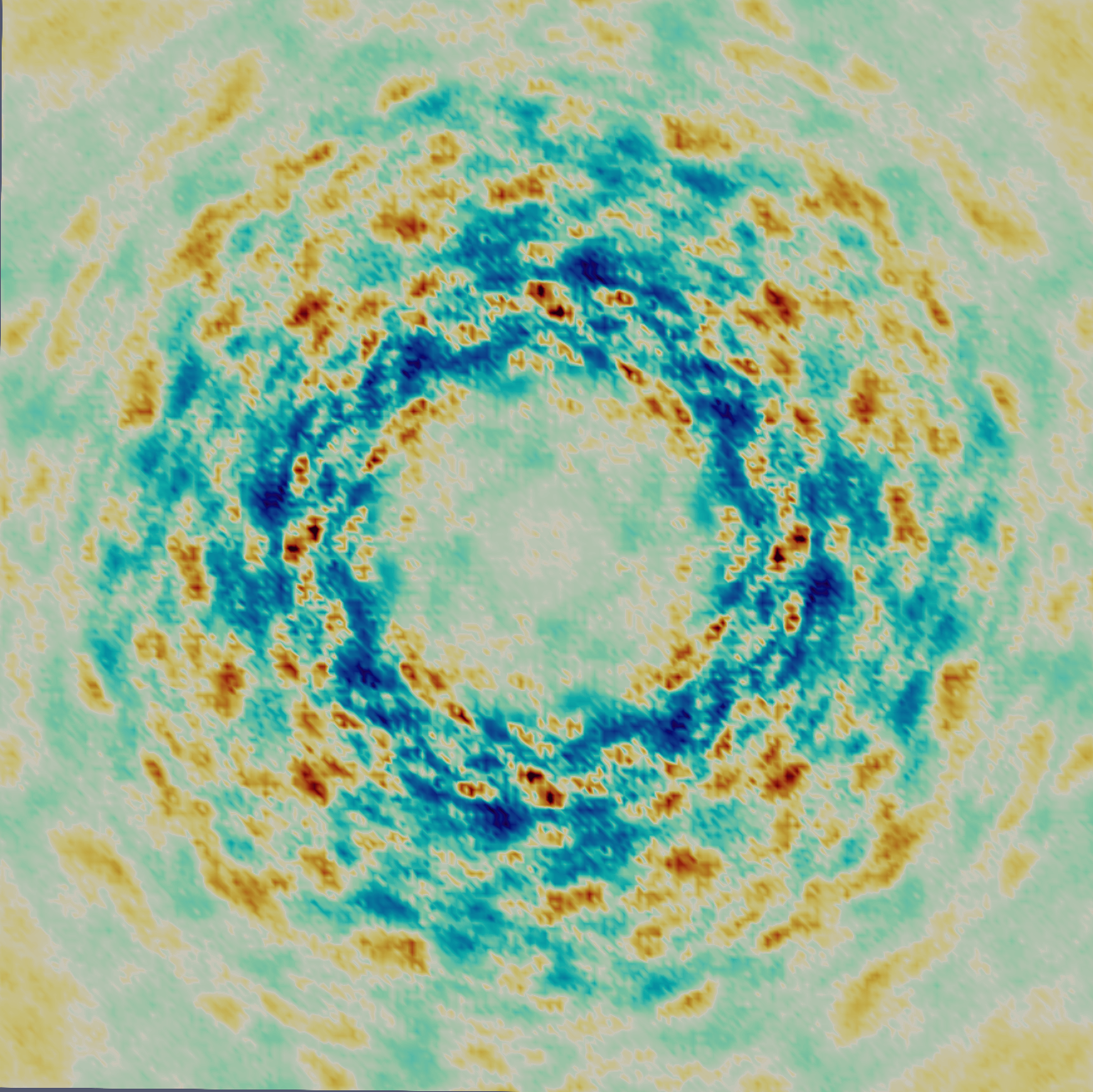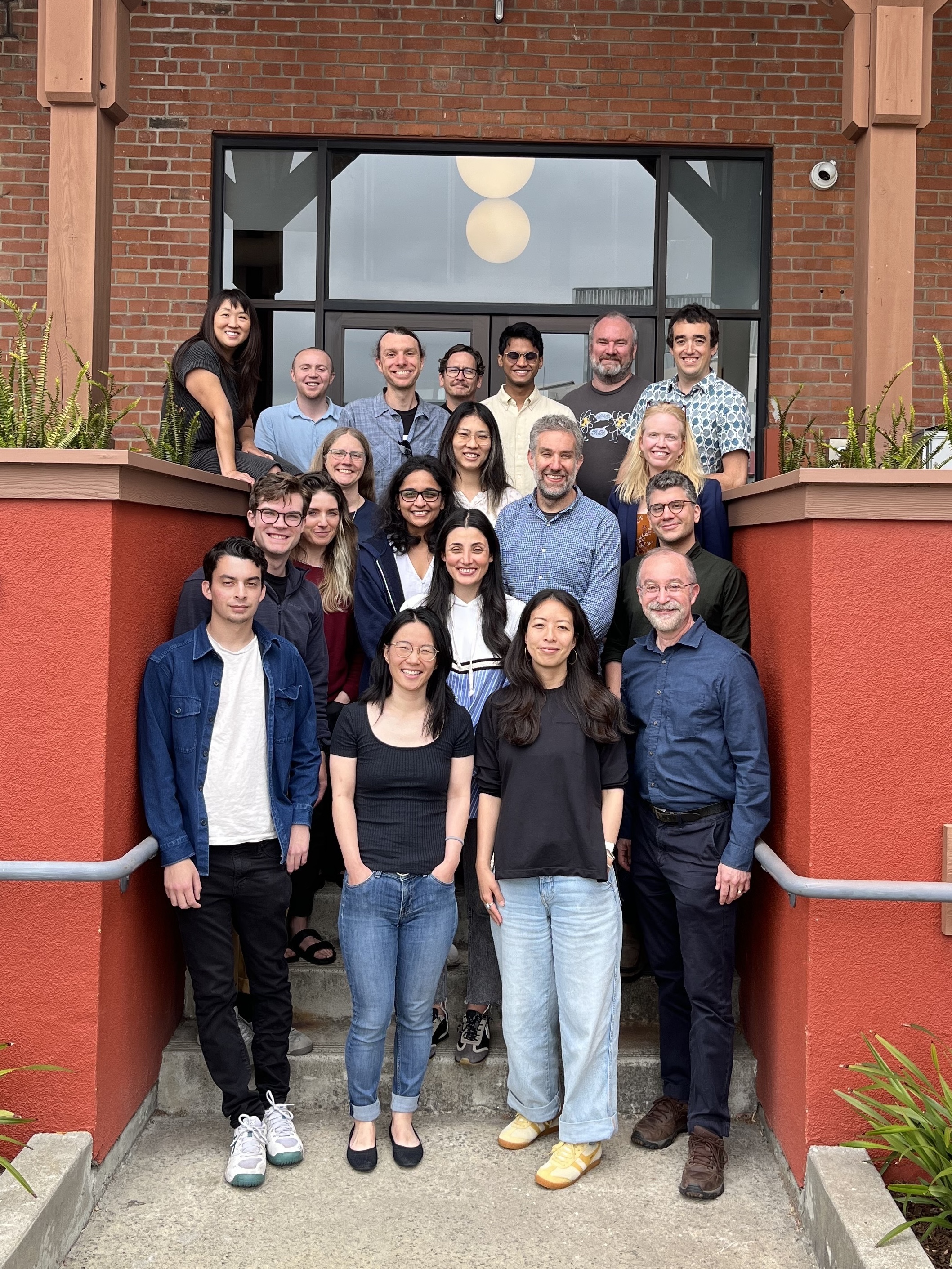In the Cloud
Next steps in diffUSE MD simulations

Structural biology has long been a key enabler for drug discovery and for understanding protein function. As a field, structural biology has come a long way towards our understanding of static protein structures. But, proteins are dynamic and their functions are critically linked to fluctuations in state and motion. Our ability to measure these protein motions experimentally has been limited.
To unlock the next frontier of advancements, we need new method advancements, more experimental data, and better ways to model and encode the dynamics of proteins.

The Diffuse Project is dedicated to advancing our understanding of protein motion through the use of diffuse scattering: a largely overlooked signal measured by X-ray crystallography that could unlock our ability to measure protein dynamics. Concurrently, the Diffuse Project aims to build the infrastructure for learning and representing the rich information from this data.
The Diffuse Project was co-developed with funders and scientists. The team includes both dedicated staff and institutional researchers to enable fast-paced infrastructure-building and specialized basic research.

We believe that changing the way protein motion is understood will require not just new methods but also new ways we work together as scientists. Namely, we are experimenting with how we coordinate efforts across the team and also how we share our scientific process and results. Read more about the philosophy behind the project here.

We’re working on a greenfield problem in a multi-dimensional methods system. Each part of our workflow depends on the others, so co-iterating across the full cycle significantly expands what you can try.
Therefore, we’re testing a new way to fund several parts of the pipeline at once, enabling team members to closely design and coordinate different dimensions. We believe in a more holistic approach to rethinking what changes are possible and scalable.
We strive for scientific rigor while ensuring our tools are broadly useful, as widespread adoption across the structural biology community will amplify our impact in both basic and translational science. To achieve this, we commit to opening our processes and sharing our methods as early as possible.
Specifically, we are experimenting with novel publishing practices outside of traditional journals, in accordance with Astera’s publication policy.
Check back with us here for updates on all of our various experiments!

Next steps in diffUSE MD simulations
A report on our October 2025 all-hands meeting
Insights from the first comparisons of MD simulations to diffuse data
Converting between ensemble and multiconformer models
Using gradient-based optimization to identify the most physically relevant portions of MD trajectories by maximizing agreement with diffuse scattering data.
What Taylor got done during his rotation.
It is hard to have happy crystals and low background at the same time
Sample preparation for future beamtimes
What to do next about improving macrodomain data quality and processing
Going up a level from data generation to think about the data systems we design and embed
Modeling by learning directly from experimental data
Re-engineer the encoding and infrastructure of structural biology to embrace dynamics
Molecular-dynamics simulations of diffuse scattering
Open Jobs at diffUSE
Data collection at ALS beamline 8.3.1 on June 24, 2025
A trio of ligand-protein structure papers
Calculated diffraction patterns from different models
Lauching a new website for the diffUSE project